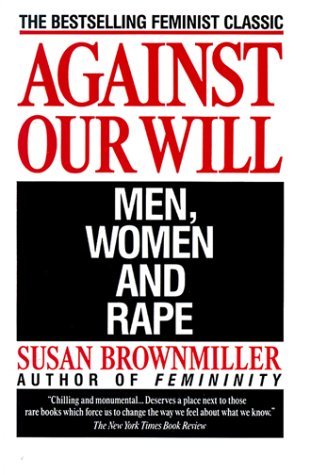Why do some love stories (even in genres other than Romance) depict stalking as flattering and romantic? A 1st person perspective narrator can show other characters to the reader by stalking them, but even detectives face trouble for doing so. Stalking is a wrong kind of attention. A pet peeve of mine is when the fictional love interest has no social life, job, or actitivies so he can attend to the main character 24/7 and rescue if necessary. That love interest usually stalks.
By the way, The Merchant's Daughter is a spiritual retelling of Beauty and the Beast. The author Melanie Dickerson explored appearances as well as love vs. lust (with stalking). Some lines were repetitive and some problems disappeared at the end, but I still liked the book. The setup is more like Jane Eyre in terms of servant and Lord.
A common conflict or climax for heroines is kidnappings. I do not mean just for romances. Heroines tend to be threatened personally more often than male heros, who have battles, obstacles, time-limits, or his beloved is threatened. My concern is for readers getting the wrong idea of romance and for more developed storylines for heroines.
Let's look through classic film monsters for women stalked or kidnapped (spoilers):
Frankenstein's Monster: He observes humanity. He stalks the Frankensteins and kills a woman, but for revenge against Dr. Frankenstein.
Dracula: Stalks, kills, and tried/succeeded in kidnapping depending on version.
The Mummy: Stalks and kidnaps.
Swamp Thing: Stalks and kidnaps.
Phantom of the Opera: Stalks and then later kidnaps.
King Kong: She's kidnapped by a tribe as sacrifice. Later Kong kidnaps her.
Some viewers find the stalking monsters as exciting in the romantic sense. Yes, the monster is drawn strongly to the girl, but no matter the degree of passion it is the antagonist. Yes, the woman is desired, but why must her life be threatened for attraction? Not all passions are romantic.Sidenote: I roll my eyes at the King Kong line, "It was Beauty that killed the Beast." Let's not blame the ones who brought him to the city. That she-devil. Looking sexy in a torn-up dress and screaming to show off those pearly-white teeth.
King Kong 1933
Those were old examples, but these type of stories still exist. Look at contemporary books of urban fantasy, dark romance, and supernatural romance. How many of them have the heroine stalked, kidnapped, in danger of rape, and/or forced to date/marry?
Another book I read for my Beauty & the Beast research was The Hollow Kingdom (2006) (some spoilers). It is divided into 3 sections. The first section has stalking and kidnapping.
Me: I like that this book shows kidnapping as bad.
Sis: Kidnapping is bad.
Me: I know kidnapping is bad.
Sis: I'm glaad you do.
Me: I mean they don't make it romantic. Like some books do. It justifies the kidnapping, but it's still bad.
Sis: They justify it?!
Me: Yeeeah.. but it's shown still as bad. The goblins don't care--which is bad--because they do it to survive. Instead of the author turning the kidnapping around as romantic. It's still bad.
 |
| Stalked girl does not look happy. Does stalking make her more desirable or pretty? |
Eventually, the girl fell for the goblin kidnapper (kind of just happened), , Some reveiwers called it Stockholm Syndrom.
Fortunately, kidnapping is not the only exciting event in the book. The heroine got a chance to prove herself in the third section. I liked the protective charm. In addition, the author turns the arrangement around through changed perspective, which I will cover in another post.
The Hollow Kingdom was still a good example of a new bride's fears in my Beauty & the Beauty research. I recommend having that thought in mind while reading the book. The Merchant's Daughter is the healthier love story.
What do you think of this topic or The Hollow Kingdom?




